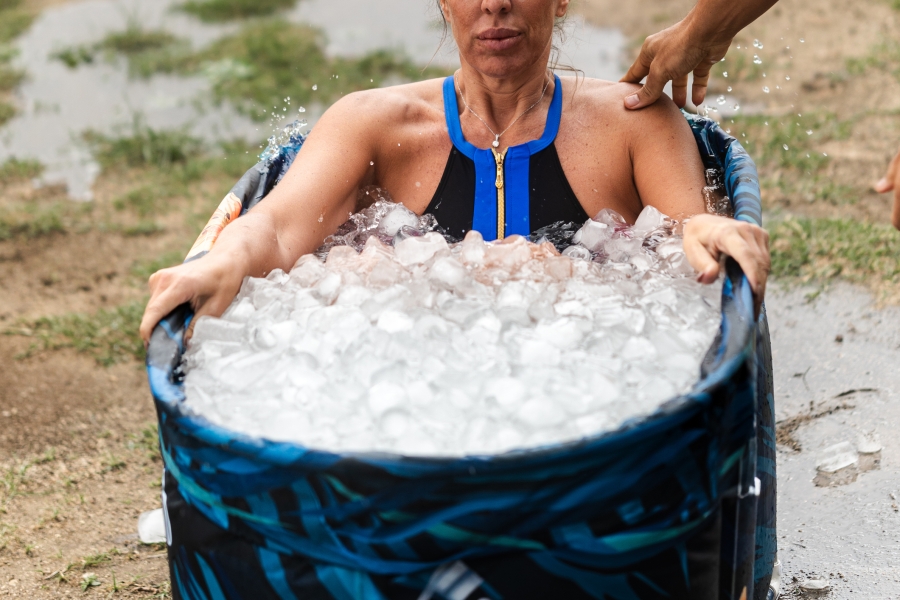Every year, emergency room (ER) visits across the country spike as temperatures rise and people spend more time outdoors.
The activities and festivities we enjoy during the summer months may help us improve our physical and mental health, as we tend to be more physically active and socially connected. But these same activities may also make it more likely we'll get injured or sick.
These are some of the most common injuries doctors and nurses treat in the ER during the summer months:
1. Sprains, strains, cuts, broken bones and other orthopaedic injuries
The more active you are, the higher the risk of an injury, particularly if you've gotten a little out of shape over the winter. No matter your age, it's not uncommon to injure your knee sliding into second base during a softball game or twist your ankle playing basketball.
Sports and recreational activities most likely to result in ER visits in people ages 5 to 24 include:1
- Football
- Basketball
- Cycling
- Soccer
- Roller skating
- Skateboarding
2. Burns
Hot grills, backyard fire pits, sparklers and fireworks can cause serious burns in both children and adults. In fact, fireworks alone were responsible for 15,600 injuries treated in the ER in 2020.2
Learn how to prevent burn injuries in your home >
3. Dehydration
Spending too much time sweating in the hot sun may lead to fainting, dizziness, nausea, confusion and other symptoms of dehydration. If you don't drink enough to replace lost body fluids, you may soon find yourself in the ER due to dehydration or heat exhaustion.
4. Drowning
Drownings and near-drownings can occur in any body of water, from kiddie pools to lakes to the ocean. The highest drowning rates are in children ages 1 to 4, and drowning is more common in males than females. But, it can happen to anyone.
5. Sunburn
In 2014, more than 33,000 people visited the ER due to severe sunburns.3 If you have a severe or blistering sunburn accompanied by any of the following symptoms, the ER is the best place to be:
- Nausea
- Chills
- Headache
- Pain
- High fever
- Confusion
Follow these tips for protecting your skin this summer >
6. Foodborne illnesses
Hot temperatures make it much easier for bacteria to grow on food. If you eat food that's been sitting outside for hours, you may be more likely to spend time in the ER due to food poisoning.
Take these steps to prevent food poisoning >
Tips for a safe summer
Staying vigilant when enjoying summer activities may help you avoid an unexpected trip to the hospital or urgent care center. Follow these important tips:
- Wear helmets, pads and other protective equipment when riding bikes or playing sports.
- Warm up before engaging in physical activities to reduce the chance of injury.
- Set off fireworks far from people and houses.
- Supervise children carefully around fires, grills and fireworks.
- Drink plenty of fluids on hot days, even if you don't feel particularly thirsty.
- Don't swim alone or assume children are safe in water because they've had swimming lessons.
- Wear sunscreen with a sun protection factor (SPF) of at least 30 to lower your risk of painful burns and skin cancer. Get out of the sun at the first signs of sunburn.
- Keep food refrigerated or well-chilled in a cooler until you're ready to grill or serve it.
- Refrigerate food promptly after serving. The Centers for Disease Control and Prevention (CDC) recommends refrigerating food after 2 hours if it's less than 90 degrees outside or within 1 hour if the temperature exceeds 90 degrees.
Not all injuries or illnesses require a visit to the ER. For minor sports injuries, superficial burns, mild food poisoning or other minor injuries or illnesses, Temple ReadyCare has you covered. Visit any of our 4 urgent care locations, including during weekday evenings and weekends.
View our urgent care hours and locations >
Know when to go to Urgent Care versus an Emergency Room >
If it’s a life-threatening emergency, please go to your nearest emergency room or call 911.


